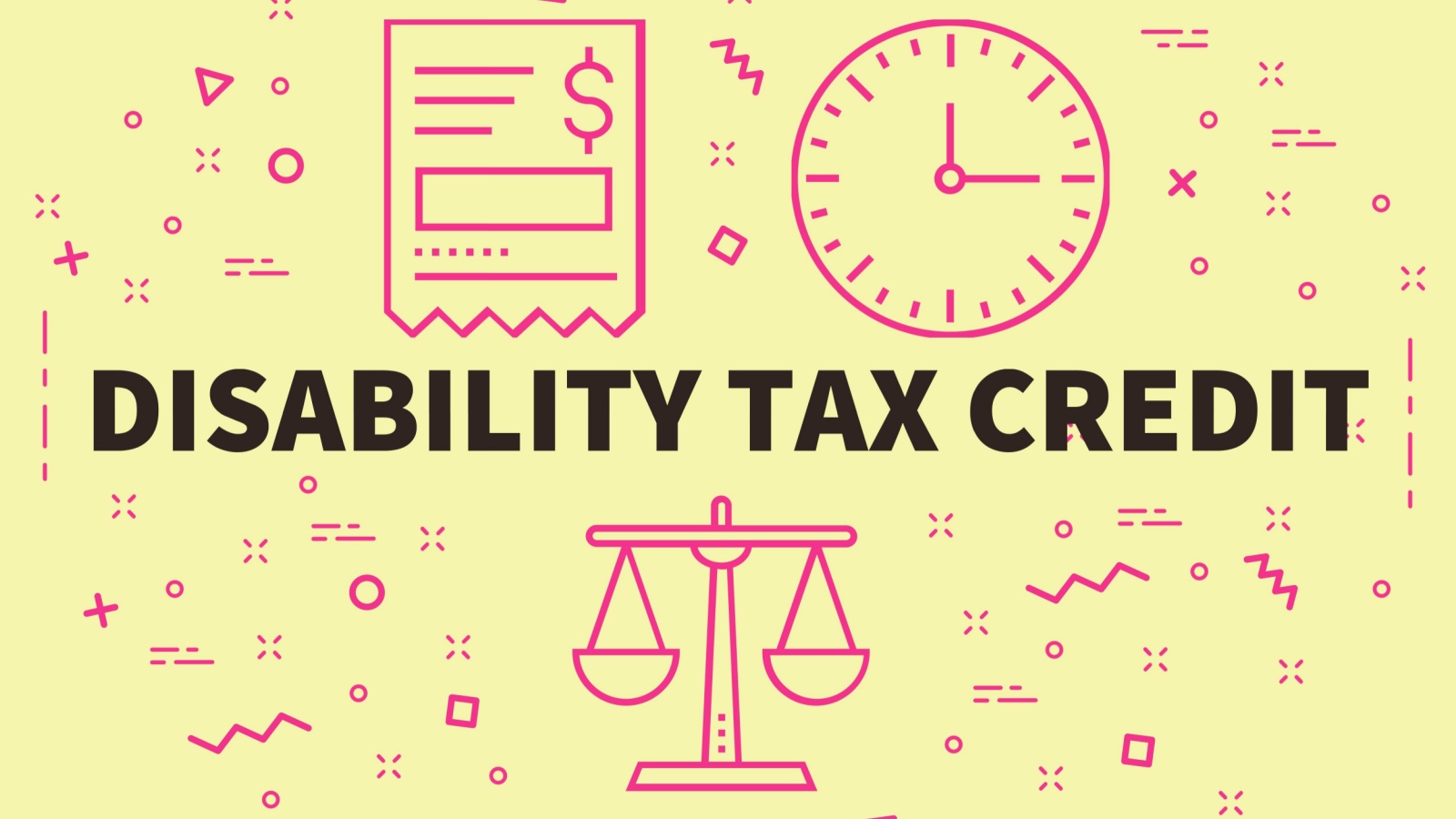Navigating government programs can feel like trying to find your way out of an IKEA store without buying yet another lamp you didn’t need. The Canadian government, however, has a surprising buffet of benefits designed to make life a little smoother. Whether you’re studying, working, raising kids, or just trying to manage expenses, there’s likely a program that could help. Here are 19 Canadian benefits you might qualify for right now.
Canada Child Benefit (CCB)

Families raising children under 18 may qualify for monthly payments through the CCB. This non-taxable benefit is based on income and the number of children, meaning lower-income households often receive more substantial support. Payments help offset the costs of food, clothing, and school-related expenses. For families juggling rising prices, this benefit can be a meaningful cushion. It also adjusts yearly to account for inflation, ensuring payments stay relevant. To qualify, you need to file taxes every year, even with no income. Many parents miss out because they don’t realize how straightforward the application is.
Goods and Services Tax/Harmonized Sales Tax Credit (GST/HST Credit)

The GST/HST credit is a quarterly, tax-free payment that offsets the sales tax people pay on everyday purchases. It’s designed for individuals and families with low to modest incomes. The exact amount varies depending on your household income and number of dependents. Even single adults living on their own can qualify. The payment arrives automatically if you file taxes, making it one of the simplest credits to access. For people on tight budgets, it provides relief that, while modest, can be a welcome boost.
Canada Workers Benefit (CWB)

The CWB is a refundable tax credit aimed at low-income workers, providing additional income support. It includes both a basic amount and a disability supplement for those with long-term health challenges. Eligible individuals can also apply for advance payments, which means not waiting until tax time for financial help. This benefit encourages workforce participation by making sure employment pays more than relying solely on assistance programs. And, with the cost of living increasing, even a few hundred dollars can ease pressure for workers trying to cover essential expenses.
Employment Insurance (EI) Benefits

For Canadians who lose their job through no fault of their own, EI benefits provide temporary income while they search for new work. Beyond regular benefits, there are special EI programs for sickness, maternity, parental leave, and caregiving. Payments are generally 55% of average weekly earnings, up to a set maximum. While not meant to replace full income, EI ensures that losing a job doesn’t immediately lead to a financial crisis. Eligibility depends on work history and insurable hours, so filing promptly after job loss is critical to avoid delays.
Canada Pension Plan (CPP) Retirement Benefits

Workers who contribute to CPP throughout their career can receive monthly retirement income beginning as early as age 60. The amount depends on contributions and the age you start collecting. Waiting until 70 increases the monthly payout, while taking it earlier reduces it. CPP is flexible enough to adapt to different retirement plans, making it a cornerstone of financial security for older Canadians. There are also survivor and disability components, ensuring coverage extends beyond just retirement income. For many, CPP forms a significant portion of post-work life planning.
Old Age Security (OAS) Pension

The OAS pension provides a monthly income for seniors aged 65 and older, regardless of work history. Unlike CPP, it’s based on residency in Canada after age 18, typically requiring at least 10 years. The maximum payment goes to those with 40 years or more of residency. OAS adjusts quarterly for inflation, ensuring payments remain relevant. It can also be deferred up to age 70 for a higher monthly amount. Combined with other programs, OAS forms a key piece of retirement income security.
Guaranteed Income Supplement (GIS)

The GIS tops up the OAS pension for low-income seniors, offering tax-free monthly payments. The amount depends on marital status and annual income, with larger benefits for those with no other earnings. Many seniors miss out because they don’t realize they must apply, even if they already receive OAS. Filing taxes annually keeps the amount accurate. GIS is also vital for seniors who rely mainly on government pensions, as it helps cover basic needs like food, utilities, and medications without being subject to taxation.
Disability Tax Credit (DTC)

The DTC reduces income taxes for people living with severe and prolonged disabilities. Eligibility requires certification from a medical practitioner confirming that impairments significantly restrict daily life. Families supporting dependents with disabilities may also transfer the unused portion of the credit. Approval opens access to other programs like the RDSP. While non-refundable, the credit can save families thousands over time. It exists to ease the higher costs often associated with disabilities, such as specialized care, equipment, and accessibility modifications to homes or vehicles.
Registered Disability Savings Plan (RDSP)

The RDSP helps people with disabilities save for the future by offering tax-deferred growth and government contributions. Depending on income, beneficiaries may receive Canada Disability Savings Grants, which match personal contributions, and Canada Disability Savings Bonds, which don’t require any contributions. Withdrawals are structured to provide long-term support, particularly when caregivers can no longer provide financial assistance. This program is highly flexible, allowing families to build security over decades.
Canada Dental Benefit

The Canada Dental Benefit provides payments to families with children under 12 who lack private dental coverage. The amount varies depending on household income, ensuring lower-income families receive the most support. Dental care is expensive, and untreated problems can lead to serious health complications, so this program fills a long-standing gap in healthcare. Families can apply for each eligible child annually. By reducing out-of-pocket costs, the benefit ensures kids get essential check-ups, cleanings, and treatments that might otherwise be postponed or avoided.
Canada Housing Benefit

This benefit provides financial assistance to renters struggling with high housing costs. Delivered jointly with provinces and territories, it helps ensure housing expenses remain manageable. The federal government has also issued one-time top-ups during inflationary periods to increase support. Payments vary depending on location, income, and family size, since housing affordability challenges differ across Canada. For many families, this benefit prevents eviction, stabilizes their housing situation, and reduces the stress of rising rents.
Climate Action Incentive Payment (CAIP)

Households in provinces subject to federal carbon pricing receive quarterly CAIP payments. The amount depends on family size, with additional supplements for rural residents who face higher transportation costs. The system is designed so that most households get more in rebates than they pay in fuel charges, balancing environmental goals with affordability. Payments are tax-free and automatic for those who file their taxes. For families concerned about rising energy costs, the CAIP ensures they are not financially disadvantaged by climate action measures.
Canada Training Credit (CTC)

The CTC supports mid-career workers who want to upgrade their skills or pursue retraining. Each year, eligible adults aged 26 to 65 accumulate a $250 credit, up to a lifetime maximum of $5,000. This credit can be used to offset tuition or training fees at eligible institutions. By making ongoing education more affordable, the CTC also helps people adapt to new industries, pursue promotions, or re-enter the workforce after job loss. Plus, the credit’s design acknowledges that lifelong learning is essential in a rapidly evolving economy.
Student Grants and Loans

The Canada Student Financial Assistance Program offers a mix of grants and loans to make post-secondary education more accessible. Grants are income-tested and targeted toward students from low- and middle-income families, those with dependents, and students with disabilities. They don’t need to be repaid, unlike loans. Loans come with repayment assistance programs to prevent overwhelming debt after graduation. Recent updates increased grant amounts, reflecting rising tuition and living costs. These supports reduce barriers to education, ensuring students can focus on learning rather than financial stress.
Canada Emergency Business Account (CEBA) Loan Forgiveness (Extension)

Small businesses that received CEBA loans during the pandemic may still benefit from forgiveness provisions. Repaying the required portion by the government deadline qualifies businesses for partial forgiveness, reducing their total debt. Extensions were granted to help entrepreneurs still recovering from financial setbacks. For many, this support provides breathing space to stabilize operations, retain staff, and continue contributing to the economy. Also, while designed as an emergency program, CEBA’s forgiveness measures remain a lifeline for businesses navigating inflation and slower post-pandemic recovery.
Child Disability Benefit (CDB)

The CDB provides extra monthly support to families raising a child under 18 with a severe disability. It is paid alongside the Canada Child Benefit, increasing total financial assistance for families with higher care costs. The amount is income-based, with larger payments directed to lower-income households. Families often face added expenses for therapies, specialized equipment, or in-home support, making the CDB vital for maintaining stability. Filing taxes annually is necessary to remain eligible and to ensure payments accurately reflect household income.
Caregiver Benefit Programs

The federal government offers support for caregivers through multiple programs. The Canada Caregiver Credit provides tax relief for those looking after a spouse, common-law partner, or dependent with a serious impairment. Meanwhile, EI caregiving benefits provide temporary income for workers who must leave jobs to care for critically ill family members. These programs recognize the financial strain of unpaid caregiving work, which can limit employment and increase household expenses. While the amounts vary, they ease pressure on families during challenging and emotional times.
Home Accessibility Tax Credit (HATC)

The HATC helps offset the costs of home renovations that improve safety and accessibility for seniors and persons with disabilities. Eligible expenses include installing wheelchair ramps, stairlifts, grab bars, and bathroom modifications like walk-in tubs. The credit applies to up to $20,000 of expenses, making it valuable for significant upgrades. It encourages families to invest in adaptations that allow loved ones to live at home longer rather than moving into assisted facilities. All in all, the HATC reduces immediate renovation costs while supporting long-term independence and comfort.
First-Time Home Buyer Incentives

First-time buyers can access several supports, including the First-Time Home Buyer Incentive, which shares equity with the federal government to lower monthly mortgage payments. There’s also a tax credit that helps with closing costs and the First Home Savings Account, which allows tax-advantaged savings toward a down payment. These measures make it easier for new buyers to enter the market despite high housing prices. And, while not eliminating affordability issues, they provide meaningful financial relief, reducing the barrier to homeownership for younger Canadians.
21 Products Canadians Should Stockpile Before Tariffs Hit

If trade tensions escalate between Canada and the U.S., everyday essentials can suddenly disappear or skyrocket in price. Products like pantry basics and tech must-haves that depend on are deeply tied to cross-border supply chains and are likely to face various kinds of disruptions
21 Products Canadians Should Stockpile Before Tariffs Hit
